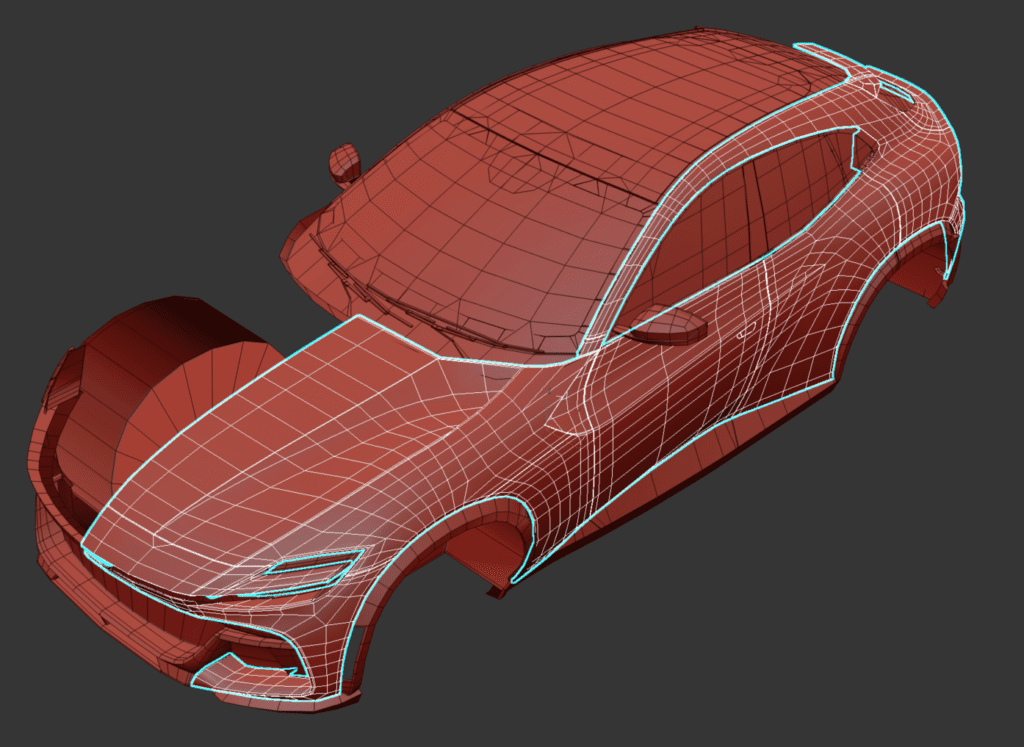At Axes In Motion, our passion and attention to detail are the key factors behind the development of our games, providing users with an enjoyable gaming experience anytime, anywhere. Discover the meticulous development process we follow when we create the vehicles for our games, from their initial conception to their final integration into the game. Find out how our ideas are transformed into unique virtual experiences, on a creative journey that combines design, modeling, texturing, and a whole lot more.
Inspiration and conceptualization
We take several factors into account during the process in which we decide on which car models we will to develop. Those factors include current trends, the demands from our user community, and the need to create vehicles that cover a wide range of styles.
We also assess the feasibility of introducing customizable features and skins that our users find appealing. After establishing those parameters, we then conduct thorough baseline research covering all the vehicle’s components: from every angle of its bodywork to its interior, lights, and details. Those specifications are the starting point when we begin the modeling process.
The design and 3D model
We use various programs for modeling at Axes In Motion, adapted to suit each artist’s preferences, including 3DS Max, Maya and Blender, among others. Optimization in our modeling is crucial for the effectiveness of each new feature added to the game. That means we must make sure that it has the mesh that is needed and the vertices that are strictly necessary.

Texturing and UV mapping
After the modeling is complete, we move on to the UV mapping and texture application phase. In this context, we have made Substance our tool of choice, and we keep Photoshop for use on specific details and optimizing colour channels.
We use Substance to carry out the process involved in baking the model, focusing on obtaining realistic features with small maps adapted to the mobile format (ranging between 1024 and 256 pixels). Attention to performance and weight is imperative, and every pixel of texture and every vertex of the mesh is given careful consideration.
Game integration and testing
When all these features are ready, we integrate them into Unity. We use our optimized shadersto configure the materials to make them as realistic as possible, without compromising their performance. We assemble the vehicles with the help of prefabsand our in-house tools. These custom tools mean we can give the cars the functionality they need to make them an outstanding part of the gaming experience. After these foundations have been laid, we spend time playing with them, perfecting every detail, and polishing every aspect to achieve an impeccable result.



